Pierre Jacques Volaire (Le Chevalier Volaire) (1729-1802)
Get a Pierre Jacques Volaire (Le Chevalier Volaire) (1729-1802) Certificate of Authenticity for your painting (COA) for your Pierre Jacques Volaire (Le Chevalier Volaire) (1729-1802) drawing.
For all your Pierre Jacques Volaire (Le Chevalier Volaire) (1729-1802) artworks you need a Certificate of Authenticity (COA) in order to sell, to insure or to donate for a tax deduction.
Getting a Pierre Jacques Volaire (Le Chevalier Volaire) (1729-1802) Certificate of Authenticity (COA) is easy. Just send us photos and dimensions and tell us what you know about the origin or history of your Pierre Jacques Volaire (Le Chevalier Volaire) (1729-1802) painting or drawing.
If you want to sell your Pierre Jacques Volaire (Le Chevalier Volaire) (1729-1802) painting or drawing use our selling services. We offer Pierre Jacques Volaire (Le Chevalier Volaire) (1729-1802) selling help, selling advice, private treaty sales and full brokerage.
We have been authenticating Pierre Jacques Volaire (Le Chevalier Volaire) (1729-1802) and issuing certificates of authenticity since 2002. We are recognized Pierre Jacques Volaire (Le Chevalier Volaire) (1729-1802) experts and Pierre Jacques Volaire (Le Chevalier Volaire) (1729-1802) certified appraisers. We issue COAs and appraisals for all Pierre Jacques Volaire (Le Chevalier Volaire) (1729-1802) artworks.
Our Pierre Jacques Volaire (Le Chevalier Volaire) (1729-1802) paintings and drawings authentications are accepted and respected worldwide.
Each COA is backed by in-depth research and analysis authentication reports.
The Pierre Jacques Volaire (Le Chevalier Volaire) (1729-1802) certificates of authenticity we issue are based on solid, reliable and fully referenced art investigations, authentication research, analytical work and forensic studies.
We are available to examine your Pierre Jacques Volaire (Le Chevalier Volaire) (1729-1802) painting or drawing anywhere in the world.
You will generally receive your certificates of authenticity and authentication report within two weeks. Some complicated cases with difficult to research Pierre Jacques Volaire (Le Chevalier Volaire) (1729-1802) paintings or drawings take longer.
Our clients include Pierre Jacques Volaire (Le Chevalier Volaire) (1729-1802) collectors, investors, tax authorities, insurance adjusters, appraisers, valuers, auctioneers, Federal agencies and many law firms.
We perform Pierre Jacques Volaire art authentication, appraisal, certificates of authenticity (COA), analysis, research, scientific tests, full art authentications. We will help you sell your Pierre Jacques Volaire or we will sell it for you.

Pierre Jacques Volaire, also known in the art world as “Le Chevalier Volaire” (Knight Volaire) was a French painter, famous for his depictions of erupting volcanoes at night. Volaire studied under Claude-Joseph Vernet and spent most of his life and artistic career in Italy.

Volaire was born into a well known family in Toulon, France, the son of the official city painter. In 1754, Volaire began his own career as an artist after taking classes under Vernet. From Vernet, Voliare learned how to effectively use moonlight to create drama in his compositions. This important concept would later be used in his depiction of shadowy figures silhouetted by fires. After ten years of study, Volaire left for Italy where he created seascapes and landscapes in Rome until 1769. He then left for Naples in 1769 where he lived until his death in 1802.
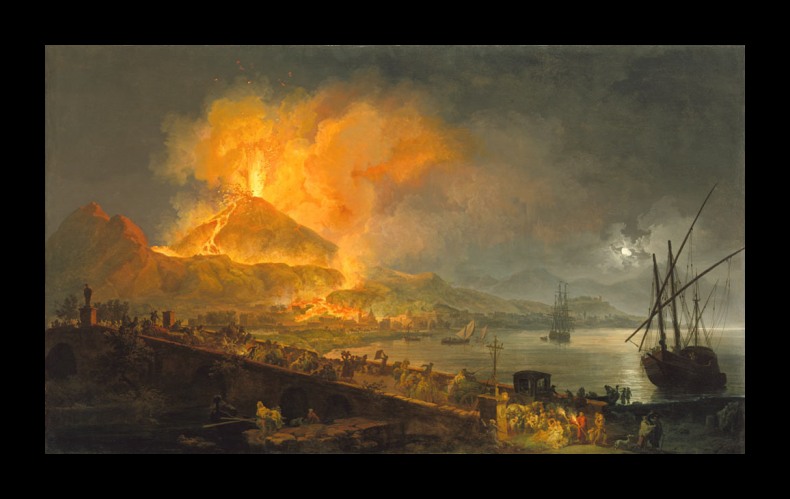
It is thought that the many eruptions of Mt. Vesuvius from 1770-1774 is what prompted Volaire to paint his fantastical scenes of the volcano erupting at night. Volaire also documented his trips to the volcanoes and published them in a book by Campi Phlegraei. In all, he created a great many scenes of Vesuvius erupting at night, and his passion for this geological event is evident in the beauty of the fiery skies and molten rivers.
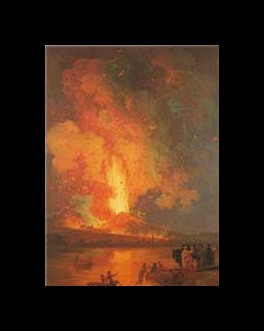

The Eruption of Mt. Vesuvius 1779 Throughout his career, Volaire only exhibited his work in Paris three times, most likely due to the scandal surrounding his name. Though he was famous throughout Europe, he was not recognized in his native France because of his “sensational paintings.” After he tried to sell one of his volcano paintings to Louis XVI in 1786, he lost his credibility because his work was considered “undignified” by the monarchy.
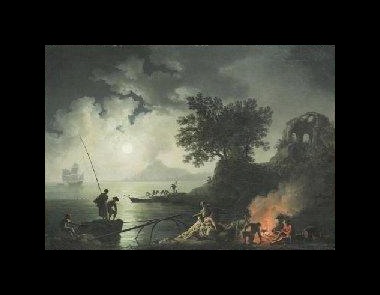
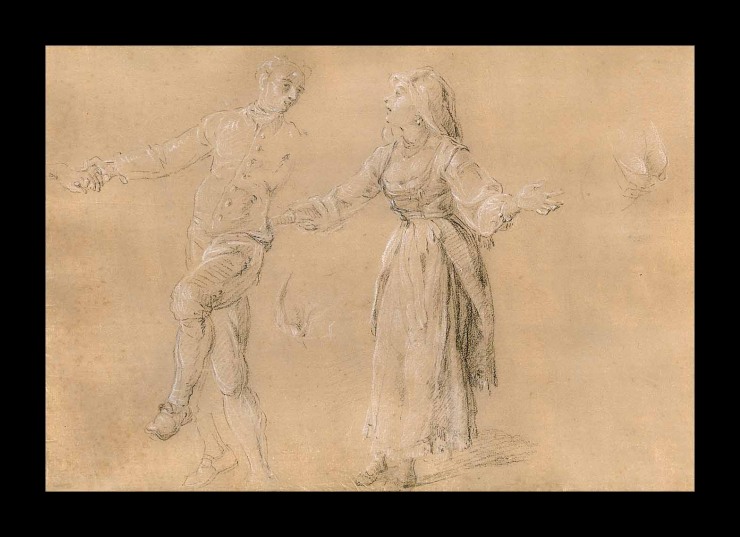
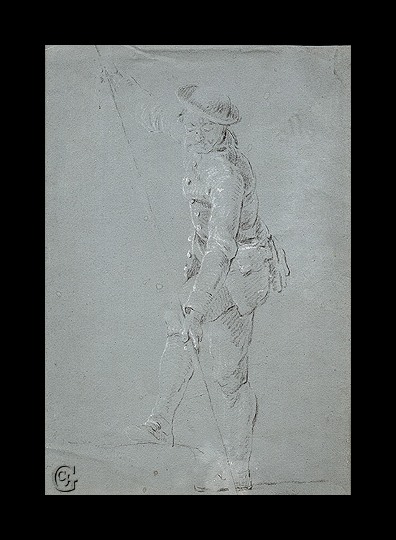
Reviews
1,217 global ratings
5 Star
4 Star
3 Star
2 Star
1 Star
Your evaluation is very important to us. Thank you.
